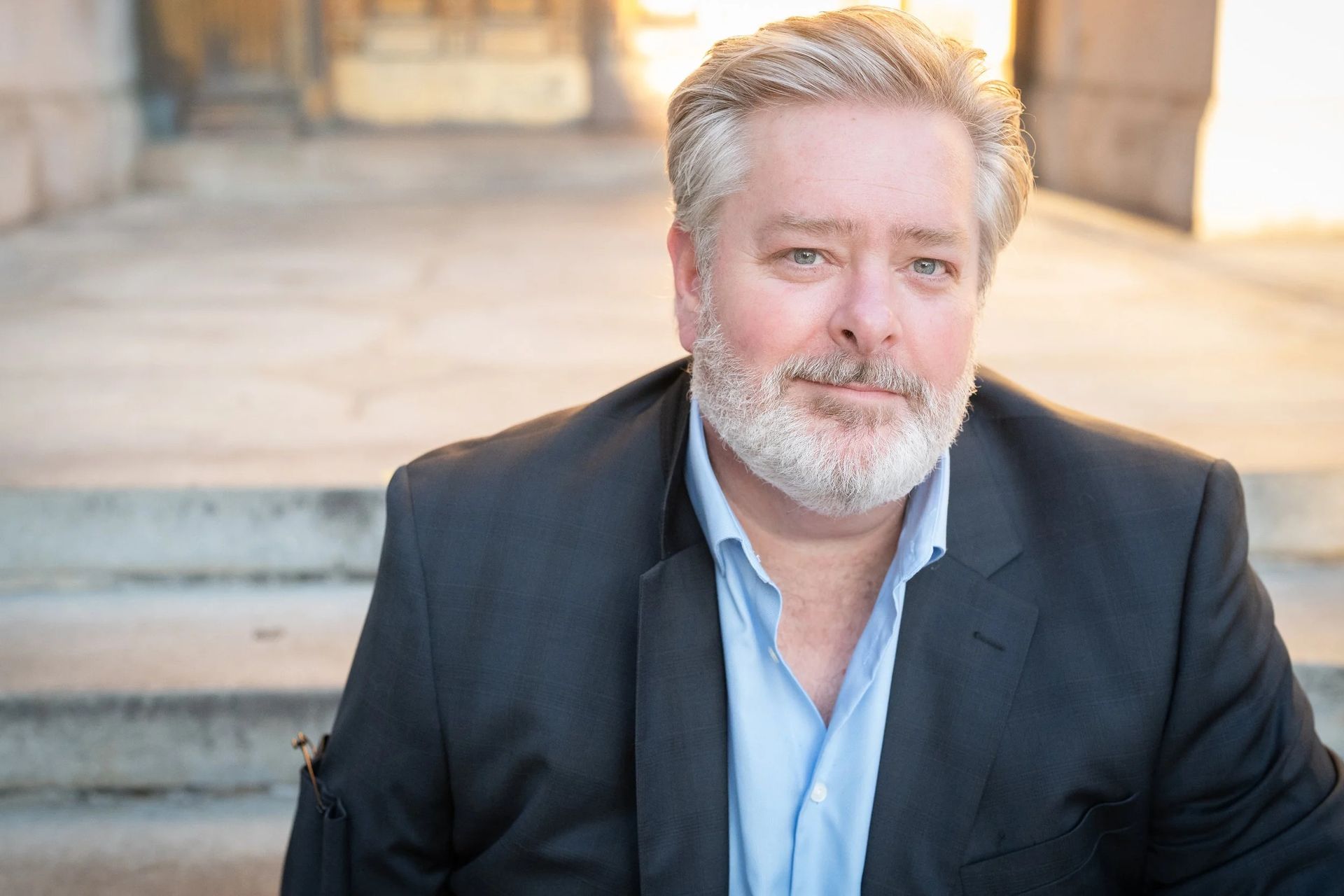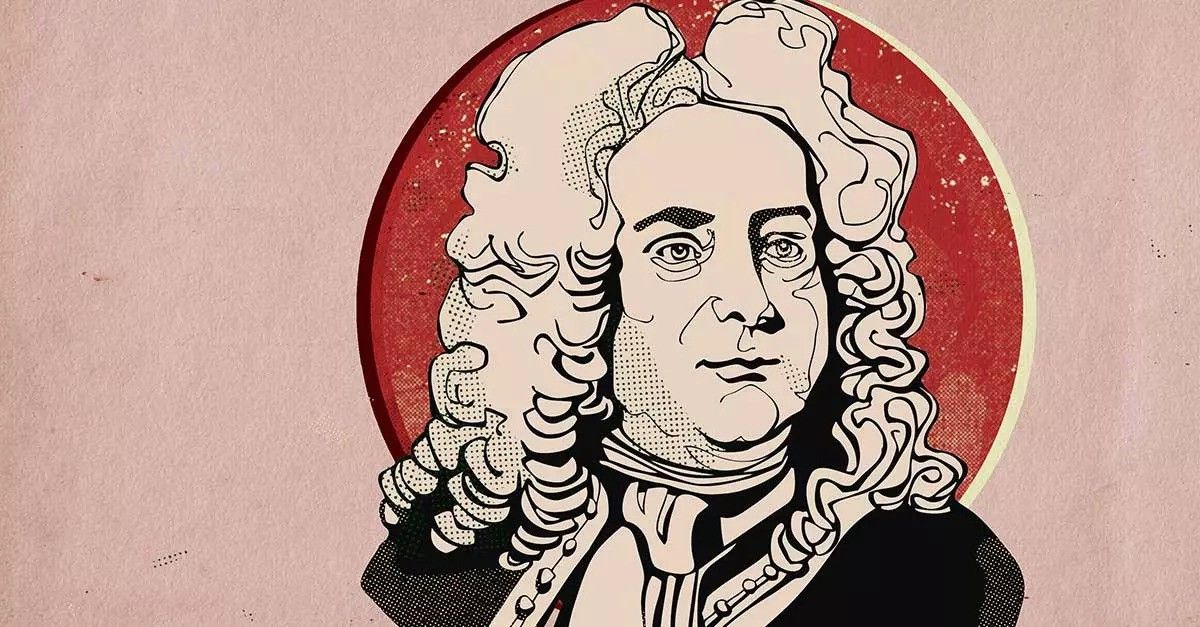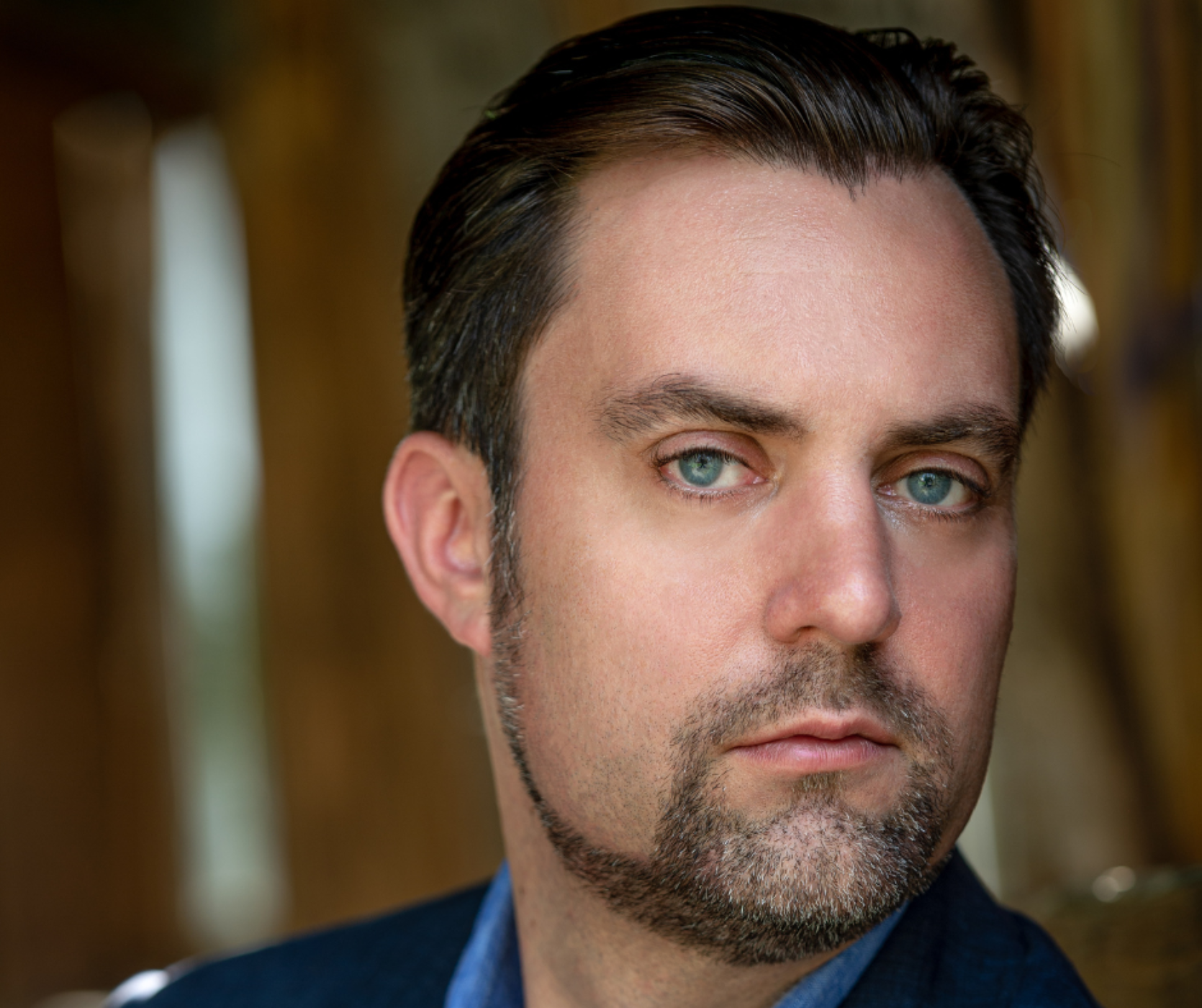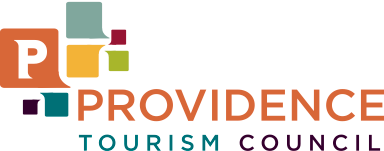THE STORY BEHIND: Rachmaninoff's Symphony No.2
Share

On November 13, Kensho Watanabe and the Rhode Island Philharmonic Orchestra will present Romantic Rachmaninoff with pianist Natasha Paremski.
THE STORY BEHIND: Rachmaninoff's Symphony No.2
Title: Symphony No.2, op.27, E minor
Composer: Sergei Rachmaninoff
(1873-1943)
Last time performed by the Rhode Island Philharmonic: Last performed March 8, 2008 with Larry Rachleff conducting. This piece is scored for two flutes, piccolo, two oboes, English horn, two clarinets, bass clarinet in A, two bassoons, four horns, three trumpets, three trombones, tuba, timpani, percussion and strings.
The Story:
“To hell with them! I do not know how to write symphonies, and besides, I have no real desire to write them.” This statement by Sergei Rachmaninoff several years after writing the Second Symphony must have already come into his mind many times. His First Symphony, premiered in 1897, had been a critical failure and had plunged him into a deep depression. The Second would be a great success, but the composer could not see that as he struggled to complete his largest orchestral composition ever.
In the fall of 1906, Rachmaninoff began to draft a symphony, which he kept a secret. But when his friend, Alexander Siloti, leaked the news to the press, saying that Rachmaninoff would soon conduct the symphony’s premiere, it infuriated the composer. As he wrote in a letter of February 1907, “While I was planning to put it in ‘clean’ form, it became terribly boring and repulsive to me. So I threw it aside and took up something else.” Rachmaninoff turned again to the symphony that summer, finishing its orchestration for the immensely successful premieres in St. Petersburg and Moscow. His misgivings turned out to be unfounded. Russian concert-goers took the work immediately to their hearts, and the rest of the world soon followed.
The motive introduced at the opening in the low strings has vast consequences in the symphony, generating much of the symphony’s raw material, and appearing in every movement. The
Adagio, with which this motive opens, unravels for some time until we meet the main
Allegro. Unlike most symphonists before him, Rachmaninoff does not feel obliged to provide a dramatic or rhythmically marked theme to open. Instead, both of the principal themes are lyrical and long-lined. Dramatic intensity comes later, but it does not upset the smooth nature of the movement.
The second movement provides some of the symphony’s most bright and cheerful moments. The striking main theme interchanges with episodes in alternating lush, march-like, and mercurial styles. In the center comes a long, flowing reminder of the composer’s lyrical gifts.
For eloquent lyricism, Rachmaninoff reaches one of his career peaks with the
Adagio, the main theme of which is among the most ravishing melodies he ever wrote. Although he presents a complementary theme immediately and reintroduces material from the first two movements, the composer knows what everyone wants and satisfies them by continually returning to and developing the main theme.
The finale opens with athletic vigor. Its main theme alternates with contrasting episodes and references to previous movements. At one point, the composer even stops everything to quote from the Adagio. Yet the exuberance of the main theme wins out, generating a long and satisfying finish to Rachmaninoff’s finest symphonic testament.
Program Notes by Dr. Michael Fink © 2021 ALL RIGHTS RESERVED
Tickets start at $15! Click HERE or call 401-248-7000 to purchase today!







